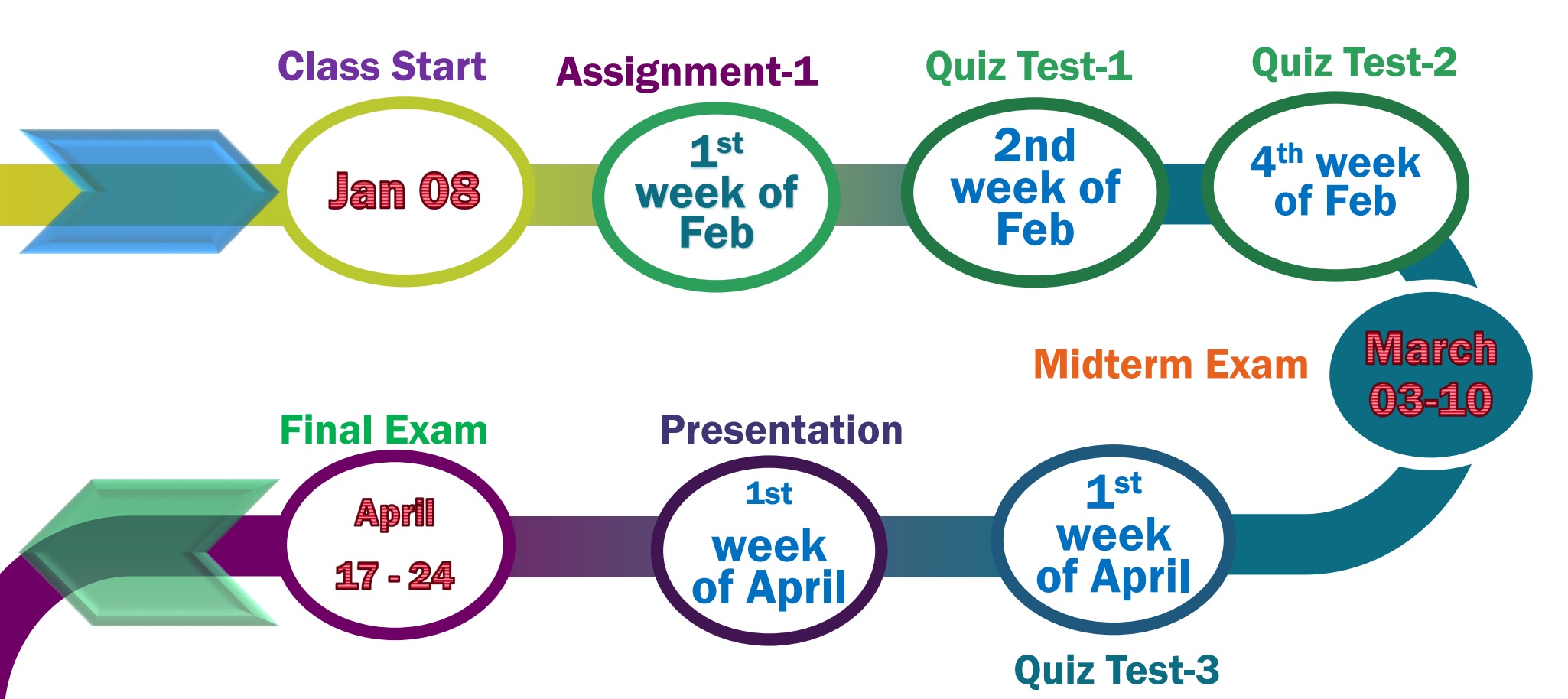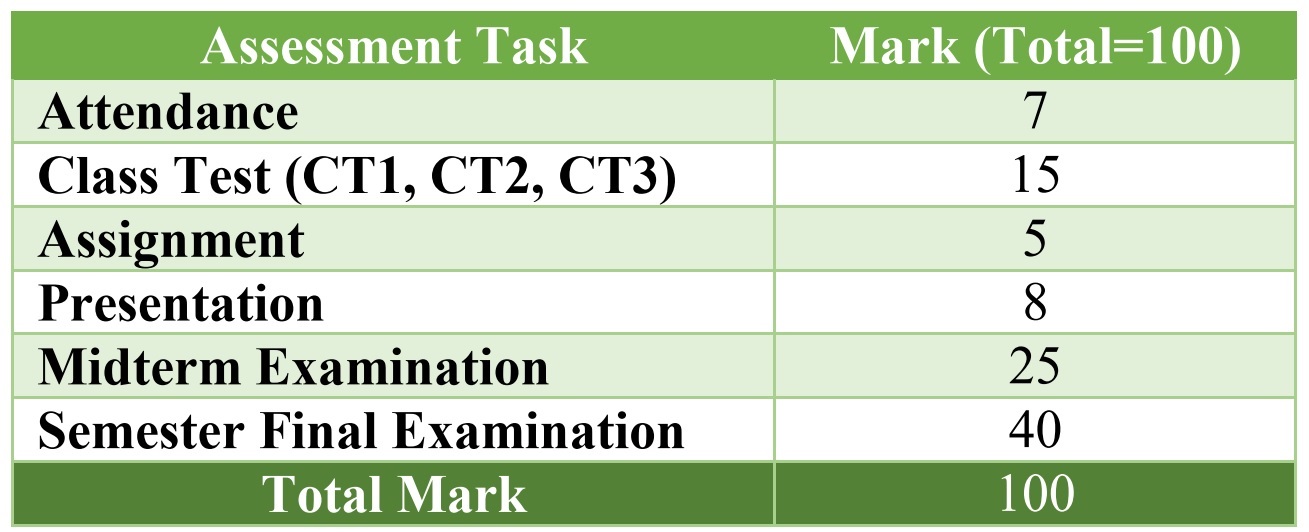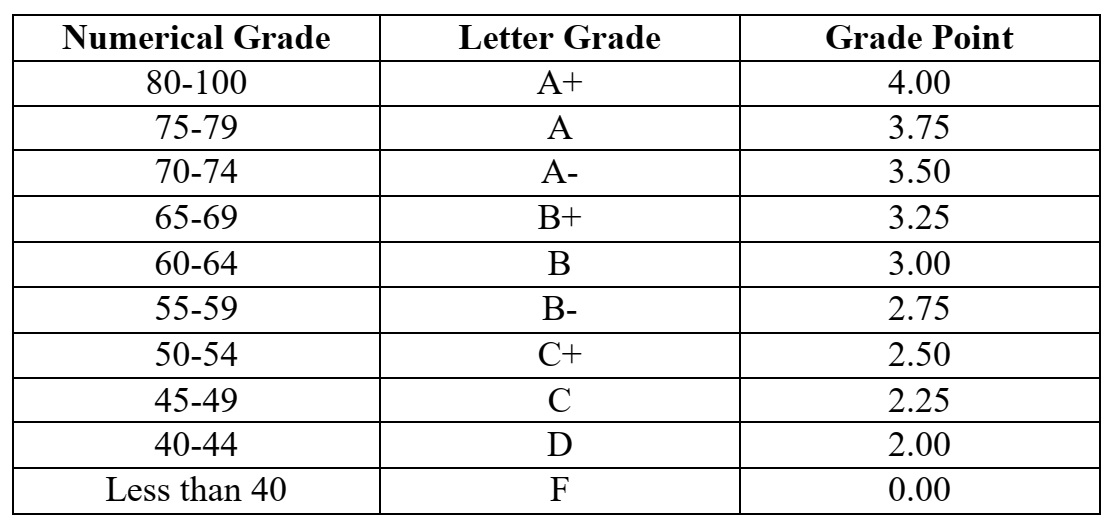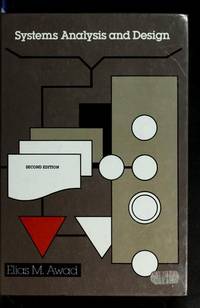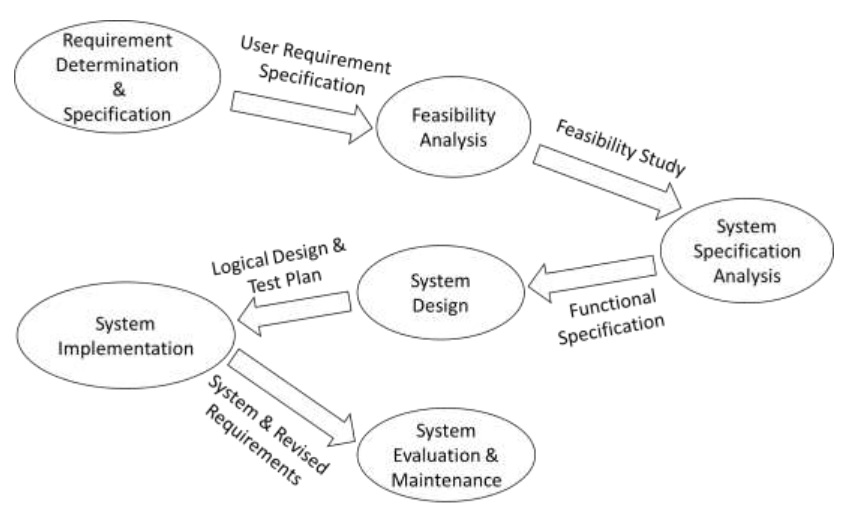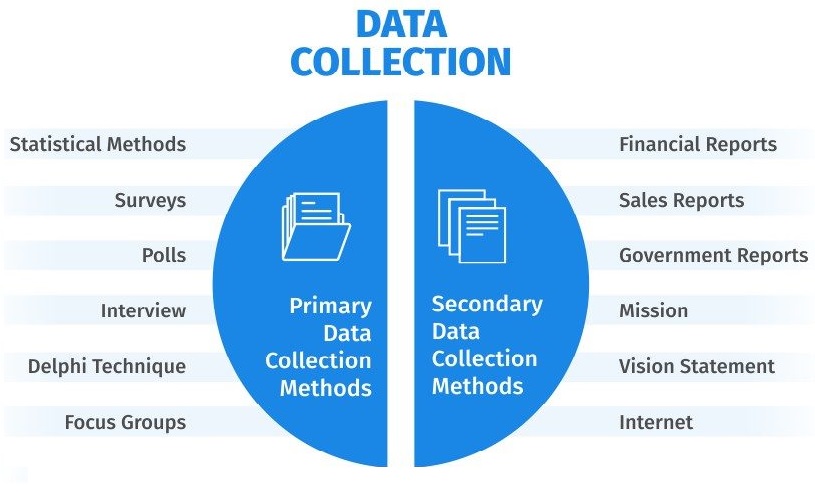Section outline
-
-
Third-Party Apps 

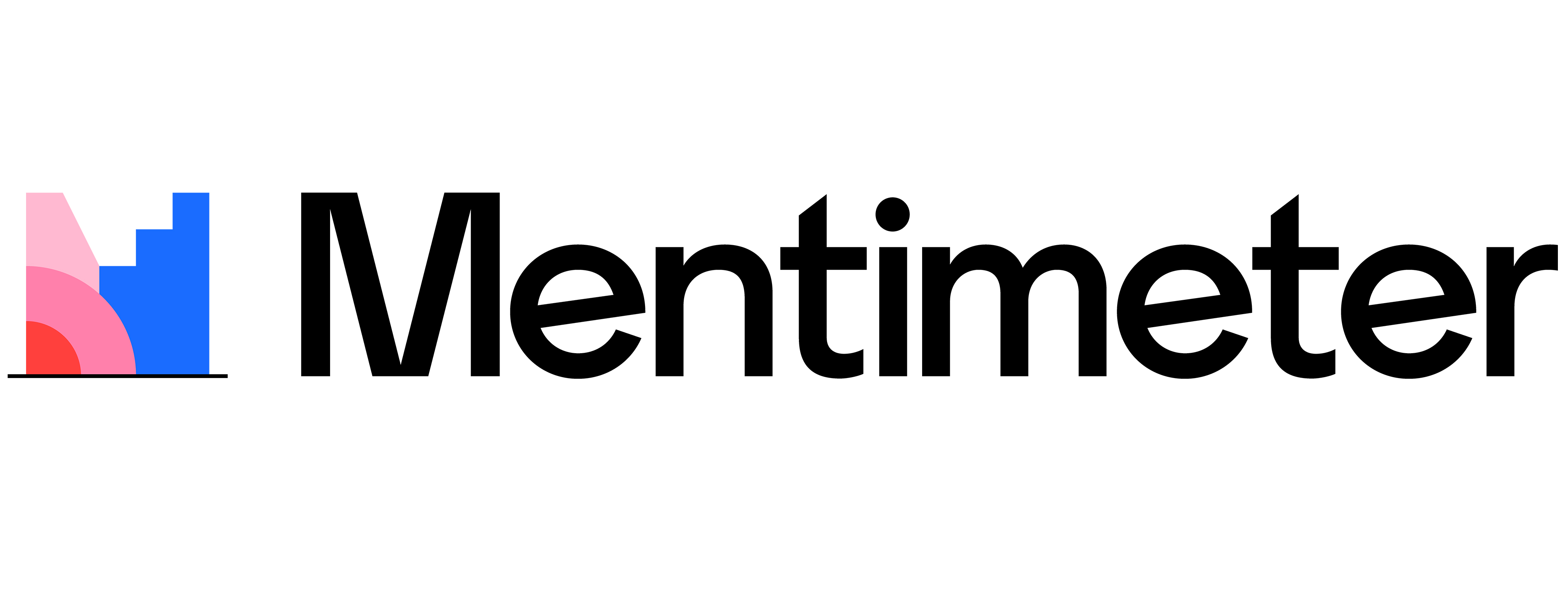

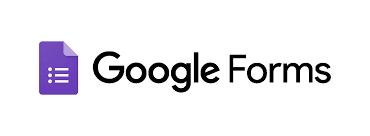
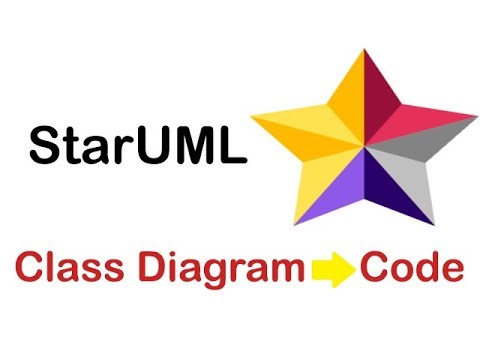
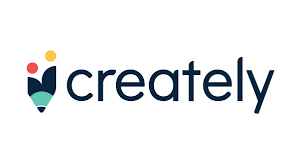
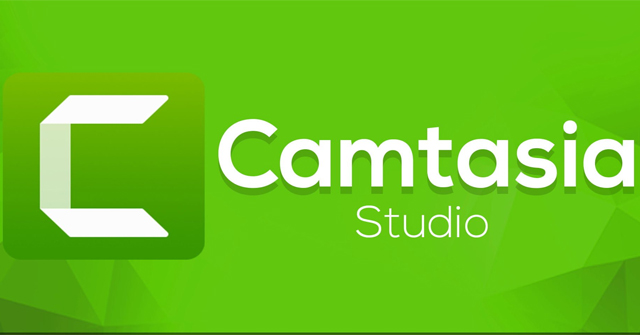
Added External resources or Activities through third-party apps
Telegram Group Link to join with section-wise:
- Section:CSE325(A): https://t.me/joinchat/tFCy7CvFMp8zMDI1
-
Counseling and Project/Thesis Discussion Hour
Fall 2021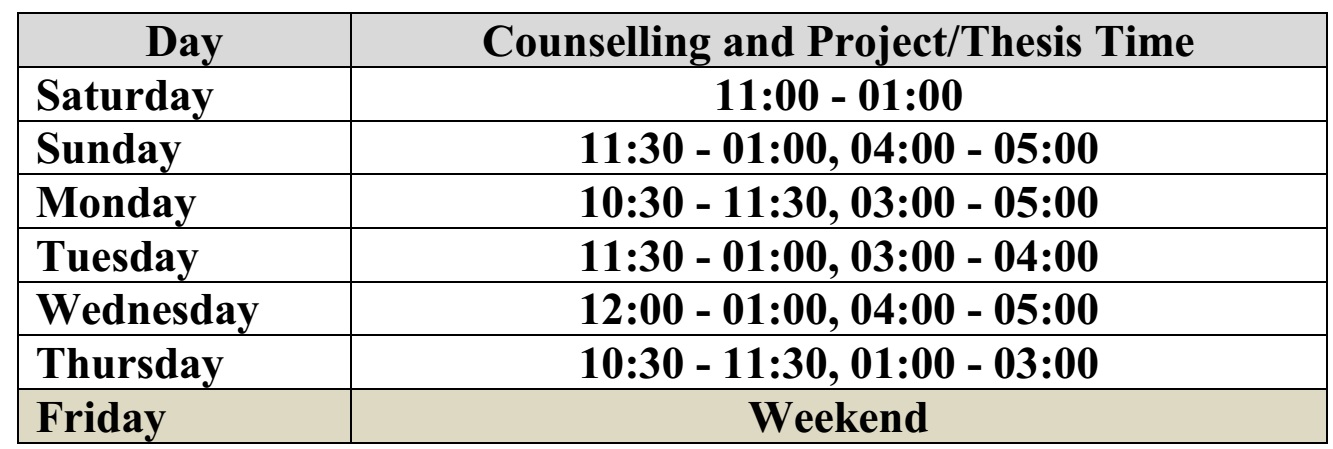
Click here to set your Counselling or Project Supervising Time
-
Textbook:
- System Analysis and Design, by Elias M. Awad
Reference Books:
- Systems Analysis and Design, Kendall and Kendall, Fifth Edition
- Systems Analysis and Design Methods, Jeffrey Whitten, Lonnie Bentley
- Management Information Systems: Managing the Digital Firm. Kenneth C. Laudon, Jane P. Laudon
- System Analysis and Design, Shelly, Rosenblatt
-

Data, Information and System
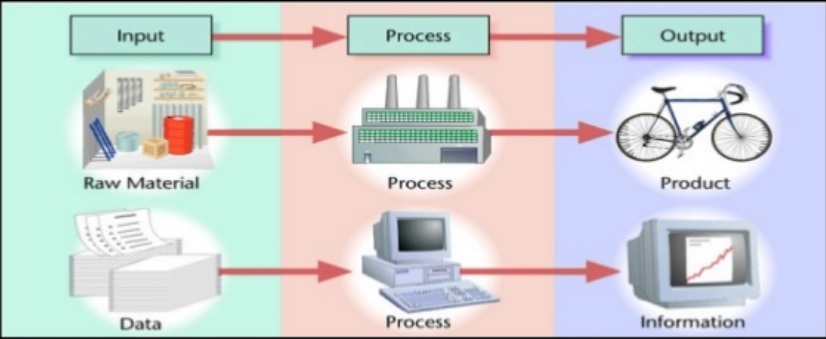
Lesson Topics:
- Distinction between Data and Information
- Description of types of Information: Tactical, Operational, Strategic, Statutory.
- Division of Management into different hierarchical levels.
- Type of Information needed at different levels of management.
- Division of organizations into several functional areas and their information requirements
- Attributes of Information.
Learning Outcomes:
-
Class Lectures(Pre-Recorded):
-
Class Lectures with Date and Lesson wise:
Section: A
20-09-2021 : CSE325(A) - Week-1-Lesson-1 : Class Recorded Video
27-09-2021 : CSE325(A) - Week-1-Lesson-2 : Class Recorded Video
-
Practice Lesson:
-
-
-
Class Lectures(Pre-Recorded):
-
Class Lectures with Date and Lesson wise:
Section: A
03-09-2021 : CSE325(A) - Week-2-Lesson-1 : Class Recorded Video
-
Practice Lesson:
-
-
-
-
Class Lectures with Date and Lesson wise:
Section: A
10-09-2021 : CSE325(A) - Week-3-Lesson-1 : Class Recorded Video
-
Practice Lesson:
-

Data Flow Diagram(DFD)
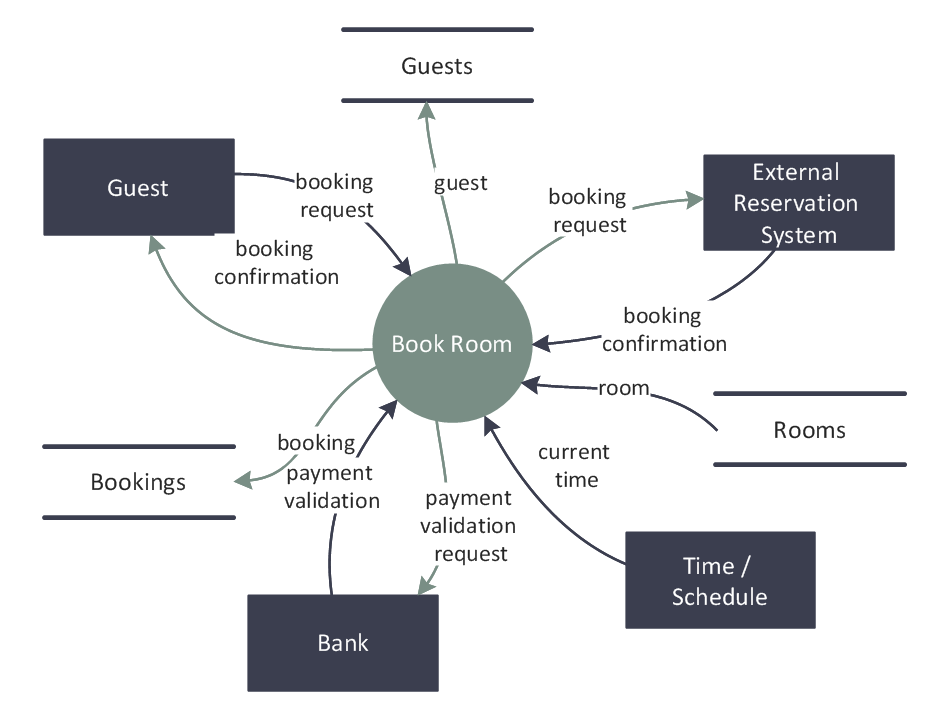 Lesson Topics:
Lesson Topics:- What are Data Flow Diagrams (DFDs)?
- Why they are useful?
- How are they developed?
- How to level DFDs?
- Good style conventions in developing DFDs
- Difference between Logical and Physical DFDs
- Tools available to draw DFDs
Learning Outcomes:
- Able to create context and level-1 data flow diagrams.
- Able to create Physical and Logical data flow diagram
-
Class Lecture with Date and Section-wise:
Section: A
11-10-2021 : CSE325(A) - Week-4-Lesson-1 : Class Recorded Video
-
Reference Resources(Youtube Video):
Context & Data Flow Diagrams Sample 1: YouTube Context & Data Flow Diagram Request: Amazon Context & Data Flow Diagrams Sample 3: Netflix -
Online Tools for drawing DFD (With Example):
-
Practice Lesson:
-

Process Specification related to the DFD
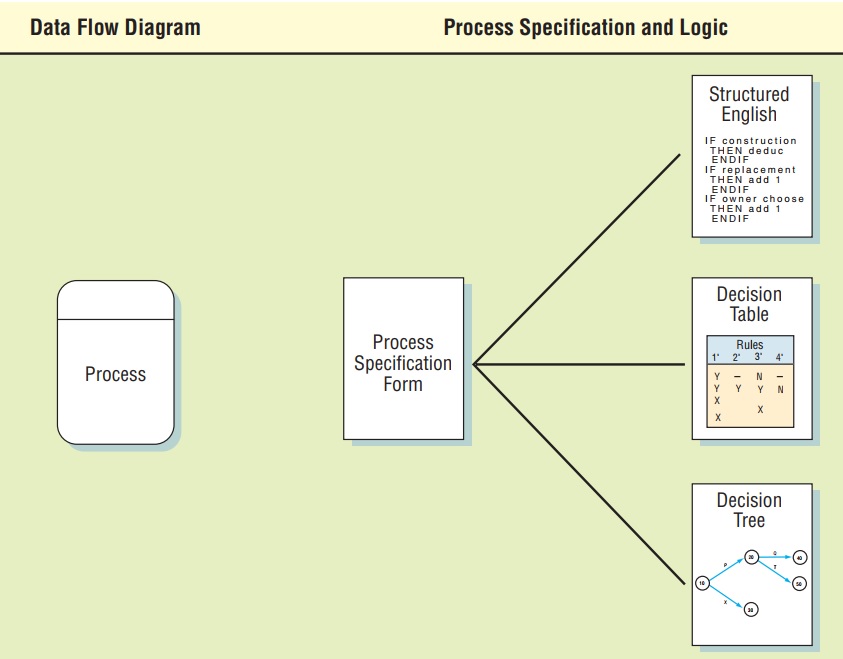
Lesson Topics:
- How to use structured English to precisely specify processes
- The terminology used in structured English
- Terminology of decision tables and how it is used to specify complex logic
- How to detect errors in the decision table specifications
- Terminology and use of decision trees
- Comparison of structured English, decision tables and decision trees
Learning Outcomes:
-
Class Lecture with Date and Section-wise:
Section: A
17-10-2021 : CSE325(A) - Week-5-Lesson-1 : Class Recorded Video
-
Practice Lesson:
-
Online Class Test
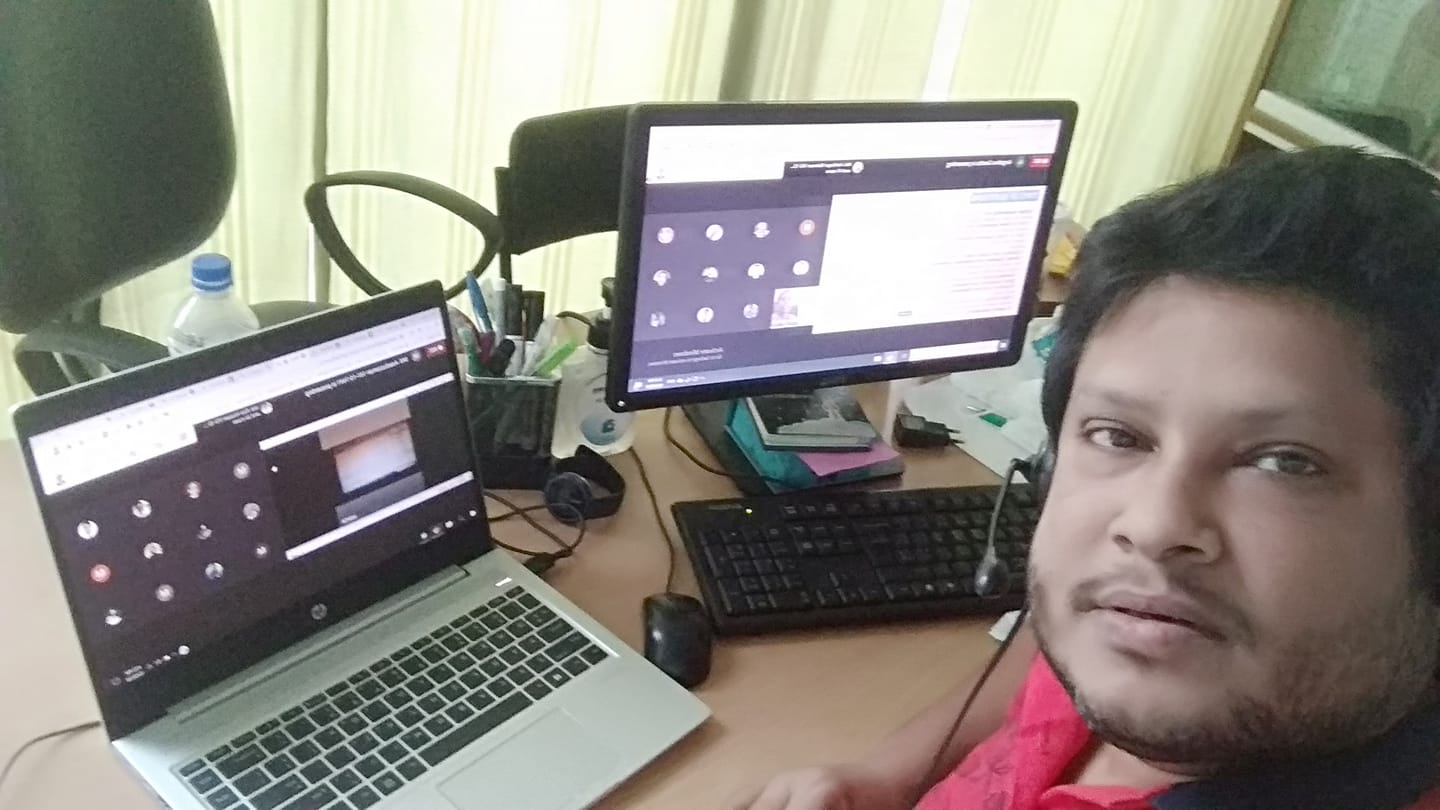
Class Test-1: Syllabus and Instruction:
Syllabus: Wk-1, Wk-3, and Wk-4 will cover quiz-1 topics.
Instruction:
- The quiz will be open as per the schedule.
- The answer will be text-based you can write in the given box or you can be attached (if any case)
Quiz Date and Time:
- Section: CSE325(A): 30-10-2021, Class Time.
-
Opened: Saturday, 30 April 2022, 11:40 AMClosed: Saturday, 30 April 2022, 1:00 PM
-

Assignment-1: Submission Instruction and Task
Scenario-1:
A Real Estate, Inc. (AREI), sells houses. People who want to sell their houses sign a contract with AREI and provide information on their house. This information is kept in a database by AREI, and a subset of this information is sent to the citywide multiple listing service used by all real estate agents. AREI works with two types of potential buyers. Some buyers have an interest in one specific house. In this case, AREI prints information from its database, which the real estate agent uses to help show the house to the buyer (a process beyond the scope of the system to be modeled). Other buyers seek AREI’s advice in finding a house that meets their needs. In this case, the buyer completes a buyer information form that is entered into a buyer database, and AREI real estate agents use its information to search AREI’s database and the multiple listing service for houses that meet their needs. The results of these searches are printed and used to help the real estate agent show houses to the buyer.
Scenario-2:
Clyde Clerk is reviewing his firm’s expense reimbursement policies with the new salesperson, Trav Farr. “Our reimbursement policies depend on the situation. You see, first, we determine if it is a local trip. If it is, we only pay mileage of 18.5 cents a mile. If the trip was a one-day trip, we pay mileage and then check the times of departure and return. To be reimbursed for breakfast, you must leave by 7:00 A.M., lunch by 11:00 A.M., and have dinner by 5:00 P.M. To receive reimbursement for breakfast, you must return later than 10:00 A.M., lunch later than 2:00 P.M., and have dinner by 7:00 P.M. On a trip lasting more than one day, we allow a hotel, taxi, and airfare, as well as meal allowances. The same times apply for meal expenses.”
Task:
1. Draw the Context Diagram or DFD0 and DFD1 diagram for Scenario-1.
2. Decision Tree, Decision Table, and Structured Language for Scenario-2.Instruction:
- This is an individual assignment. You have to submit it online on (02-03-2021, 11:59 pm).
- Submit it in a word document and put your name, ID, and a section on the front page and you can add your picture(drawing answer) in the document file.
- Try to answer your idea and do not copy from others. (if I find any two of the assignments are the same then both of you will get zero).
- Maximum size for new files: 10MB
-

Feasibility Analysis
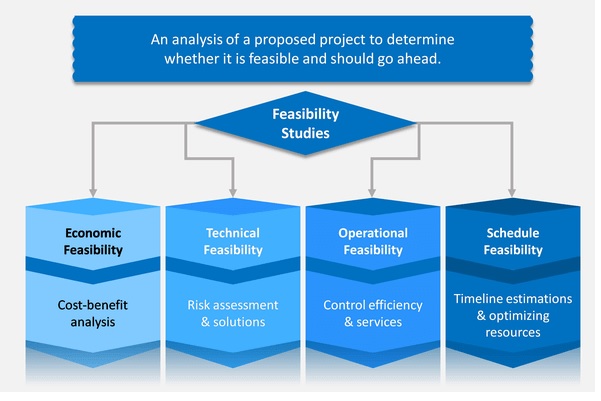
Lesson Topics:Learning Outcomes:
-
Class Lecture with Date and Section-wise:
Section: A
24-10-2021 : CSE325(A) - Week-6-Lesson-1 : Class Recorded Video
-
Practice Example
-

Midterm Exam Syllabus:
- Wk-1: Data and Information
- Wk-2: System Analysis and Design Life Cycle
- Wk-3: Information Gathering
- Wk-4: Data Flow Diagram(DFD)
- Wk-5: Process Specification
- Wk-6: Feasibility Analysis
Midterm Marks Distribution:
- Midterm Exam will be made up of 5 sets of questions.
- Each set of questions may include two or three short or descriptive questions.
- Each of the questions set contains equal marks(5 Marks), Total 25 Marks.
- There will be no options. You must answer all the questions to get marks.
Questions Pattern:
- Find out the types of information, types of system and elements of the system
- Find out which requirements gathering technique is eligible for the scenario.
- Draw DFD01 and DFD-1 for the given scenario.
- Draw the decision tree, decision table, and structured language for the given scenario.
- Find out the deficiencies, goal, and subgoals for the given scenario.
-
Midterm Exam Question, Answer Script, and Submission Link
-
Opened: Saturday, 14 May 2022, 1:30 PMDue: Saturday, 14 May 2022, 4:00 PM
-

Expectation from the Students: Students Feedback
(Based on Midterm Syllabus)
-

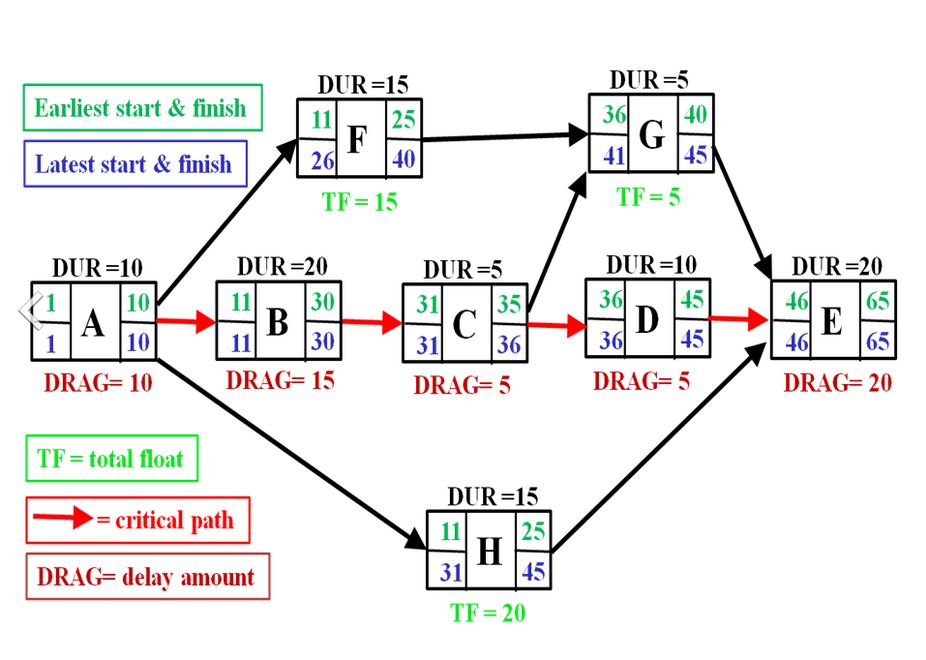 Lesson Topics:Learning Outcomes:
Lesson Topics:Learning Outcomes:-
Practice Example:
-
-

Effective Input and Output Design
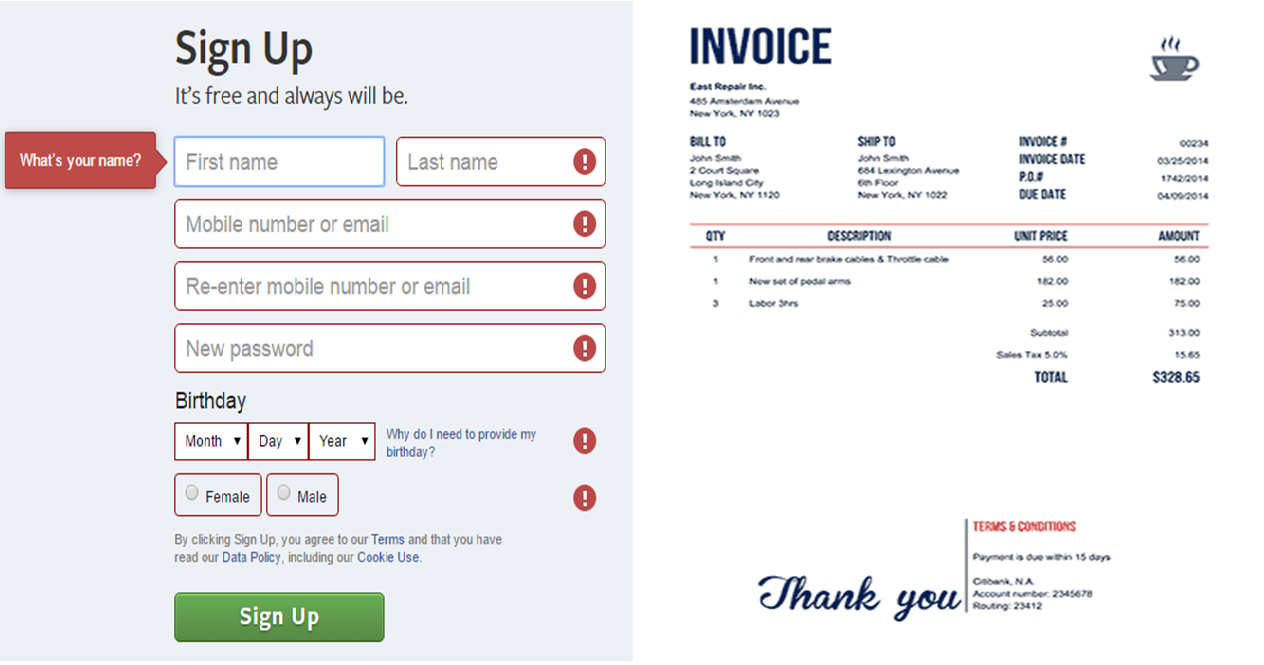 Lesson Topics:Learning Outcomes:
Lesson Topics:Learning Outcomes:- Able to create a user interface form data input and output, data to represent common business situations.
-
Class Lectures with date and section-wise:
Section: A
06-11-2021 : CSE325(A) - Week-9-Lesson-1 : Class Recorded Video
-
Practice Lesson:
-

System Testing
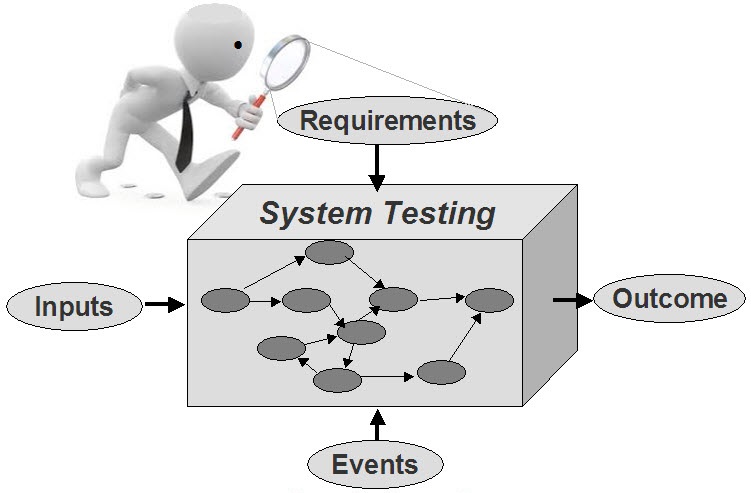 Lesson Topics:
Lesson Topics:- Failure, Fault/Bug, Error
- System Testing
- System Testing Process Steps
- Types of System Testing
- Rules of System Testing
- Test case design
- White Box testing, Black box testing
- Factors that Determine System Quality
Learning Outcomes:
-
Class Lectures with date and section-wise:
Section: A
21-11-2021 : CSE325(A) - Week-10-Lesson-1 : Class Recorded Video
-
Reference Resources(Youtube Video):
What is Manual Testing? | Manual Testing Tutorial For Beginners -
Practice Lesson:
-

Information Security and Cyber Crime
 Learning Topics:
Learning Topics:- Computer Applications in the Society
- Internet-based Applications in the Society
- Security Challenges and Vulnerabilities
- Hackers and Computer Crime
- Proof of Computer Crime
- What is Cyber Crime?
- Information Security
- Technologies and Tools for Protecting Information Resources
- Property Rights: Intellectual Property
Learning Outcomes:
-
Practice Lesson:
-
Opened: Wednesday, 15 June 2022, 1:36 PMClosed: Sunday, 26 June 2022, 11:36 PM
-

E-Commerce and Digital Market
 Lesson Topics:
Lesson Topics:-
Lesson Practice:
-
Opened: Wednesday, 15 June 2022, 1:03 PMClosed: Sunday, 26 June 2022, 11:59 PM
-

Research Paper Presentation Week
Instruction:
- Select one Research Paper from the given list.
- Make a presentation group minimum of 3 and a maximum of 5 members.
- Submit your group presentation slides.
- You have to submit it online on Date 19 December 2021 (11:59 pm).
- Put all of your name, ID, and the section on the front page and you can add your picture.
- Presentation time will be 10-12min maximum.
Your Presentation will cover the following items:
1. Abstract
2. Introduction
a. Objectives
b. Research Goal
c. Research Questions
3. Literature Review
4. Research Methods
5. Main work of the paper
6. Results/Findings
7. Conclusion
8. Motivation after study of this paper-
Research Paper Group Work:
-

Final Syllabus and Question Pattern:
- Course: CSE321: System Analysis and Design
Final Assessment topics covered:
- WK-8-Managing The Information Systems Project
- WK-9-Data Input and Output Method
- WK-10-System Testing
- WK-11-Information Security and Cyber Crime
- WK-12-E-Commerce, Digital Goods and Digital Marketing
Task Pattern:
- Gantt Chart, PERT Chart, Critical Path, Critical Value----1 task(10 Marks)
- Draw Input and Output form design from the given scenario, Different type of testing-----1 task(10 Marks)
- System Testing, Black-Box Testing, and white box testing, testing process. ...1 task(10 Marks)
- Different types of security tools were used for the given scenario and Mentioned the different types of E-Commerce Websites from the given website-----1 task(10 Marks)
-
Final Exam Submission Link











